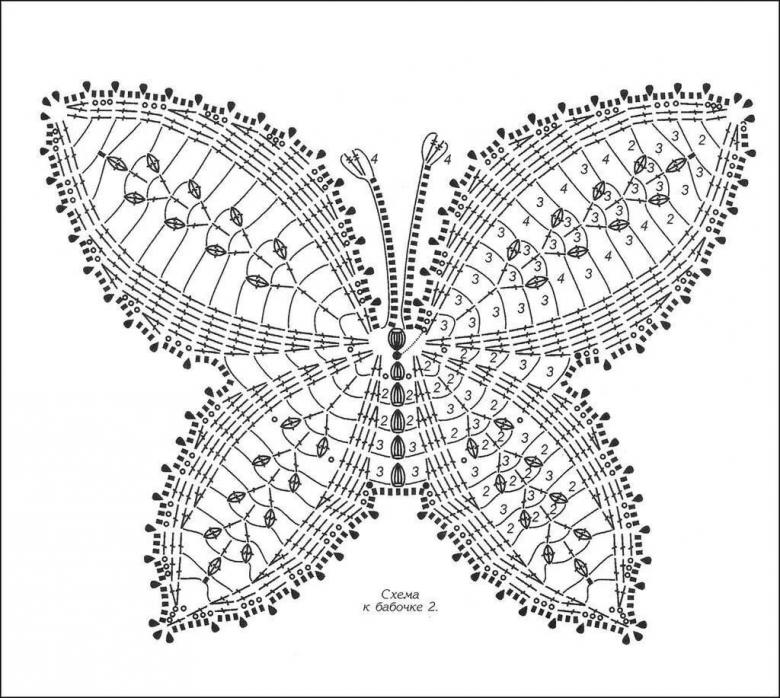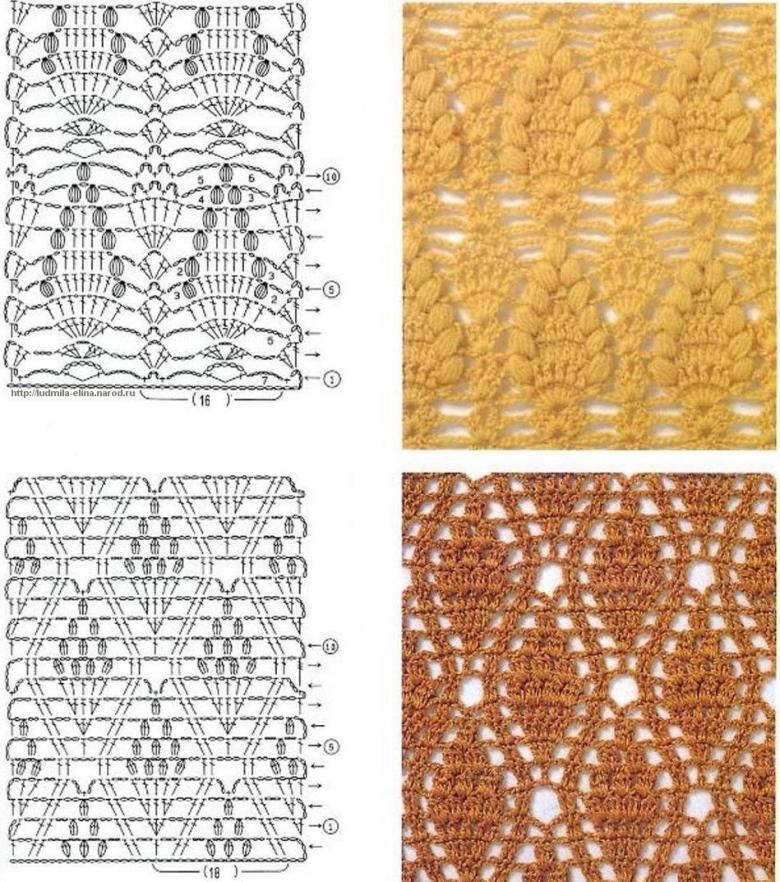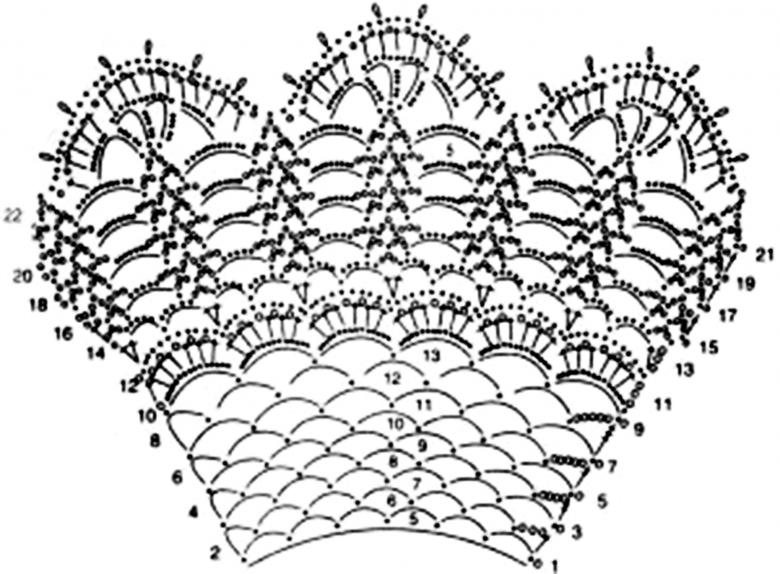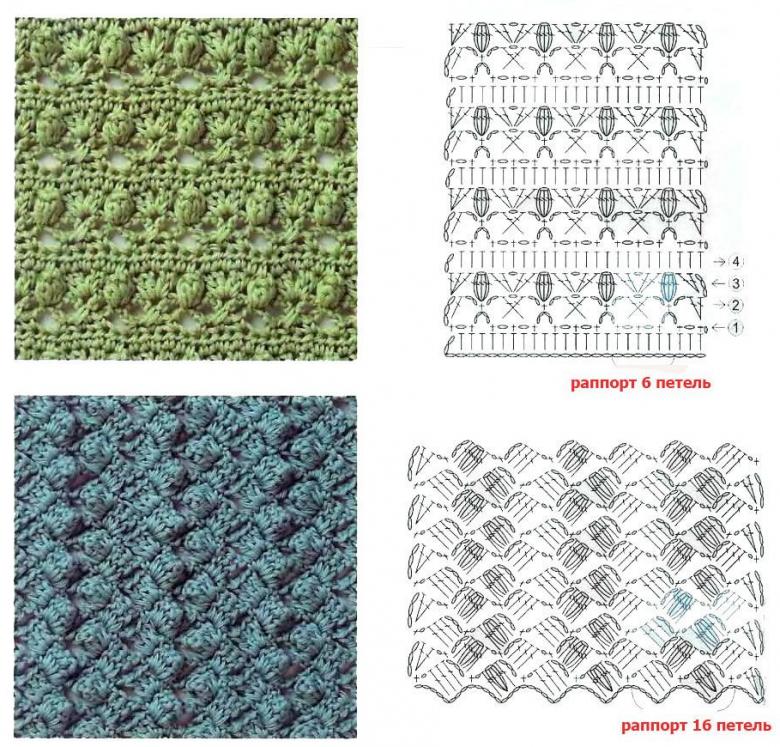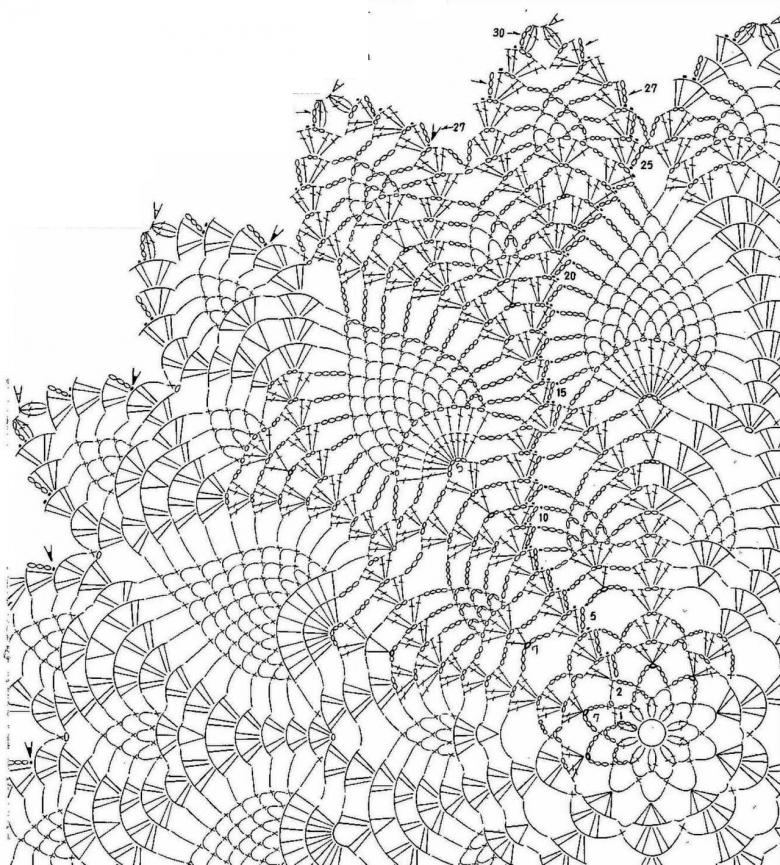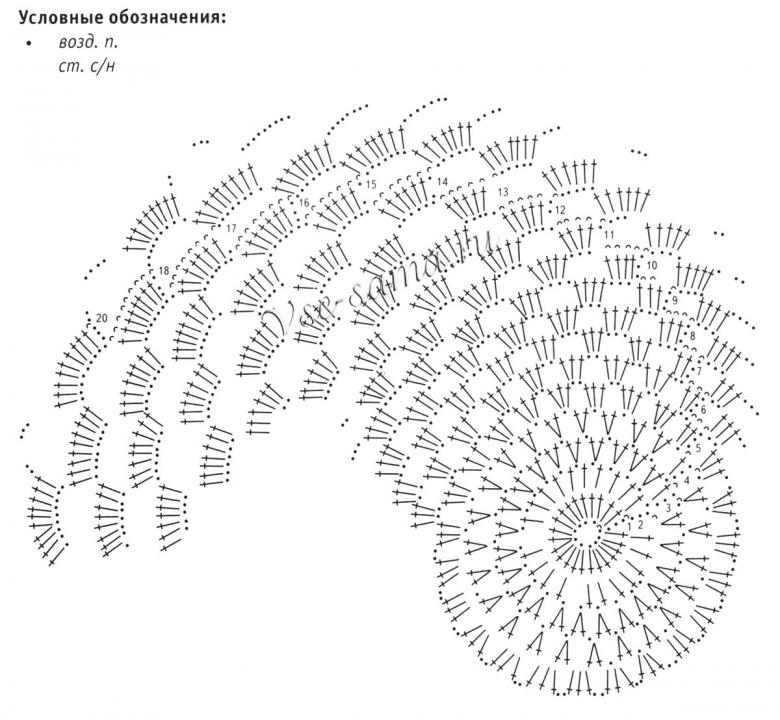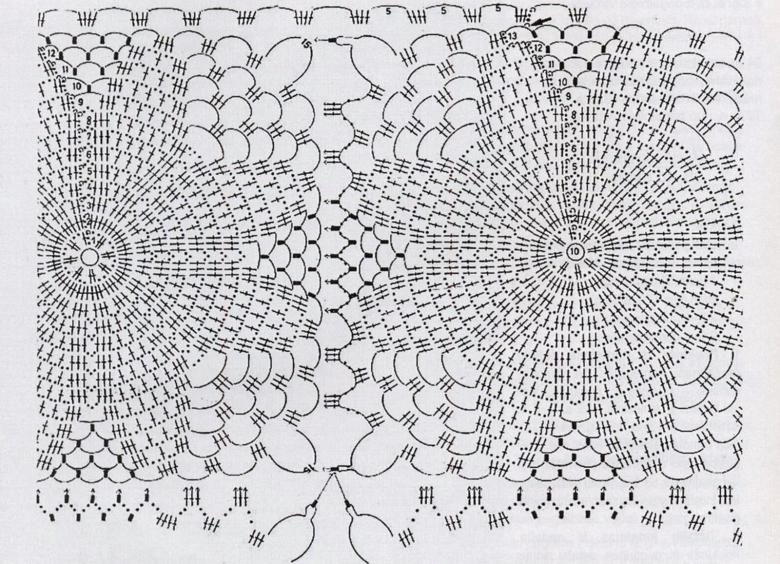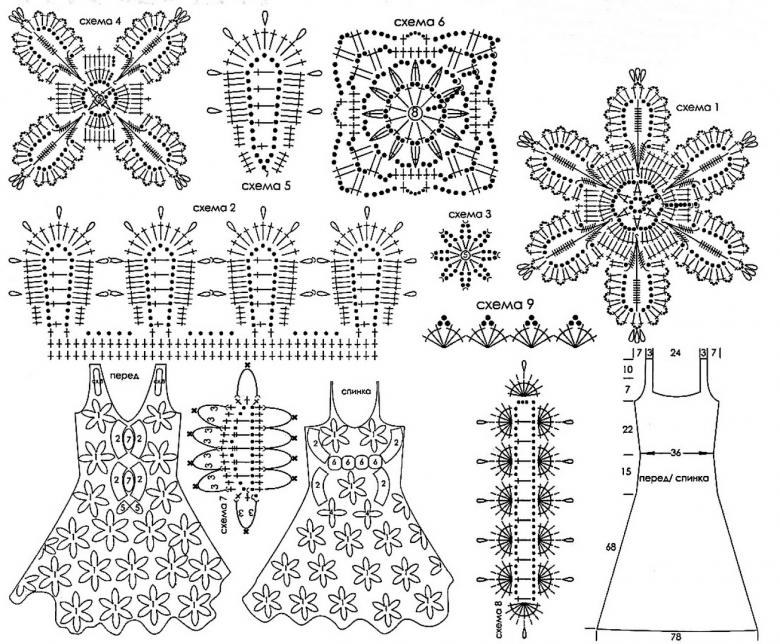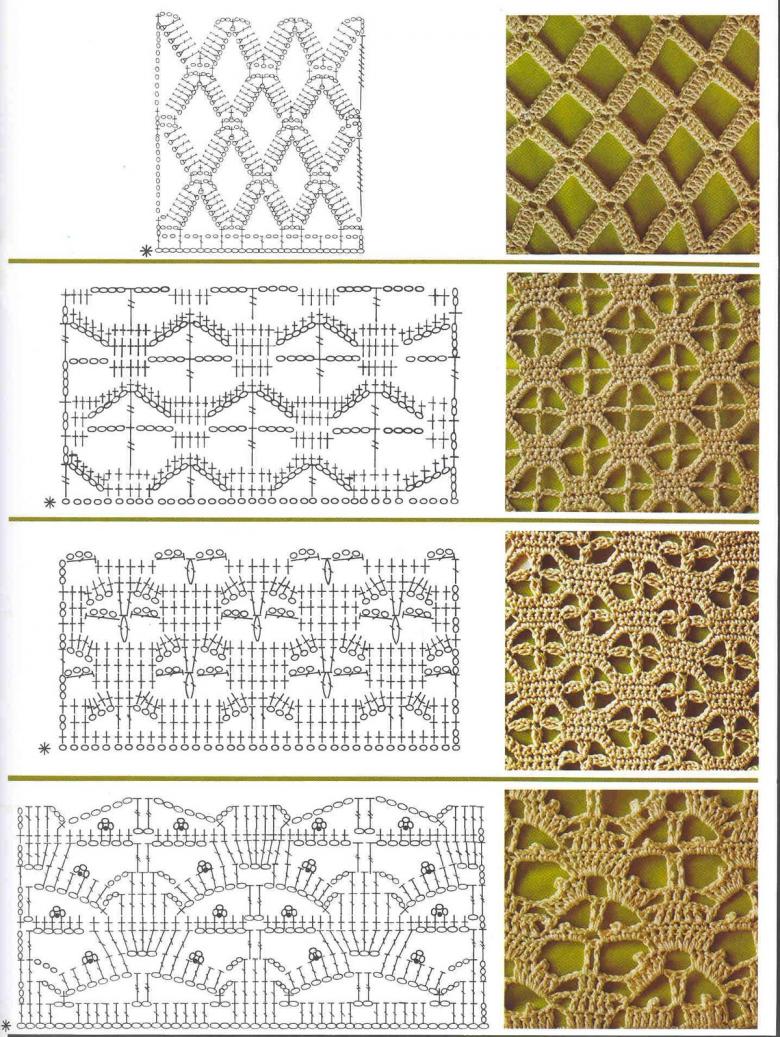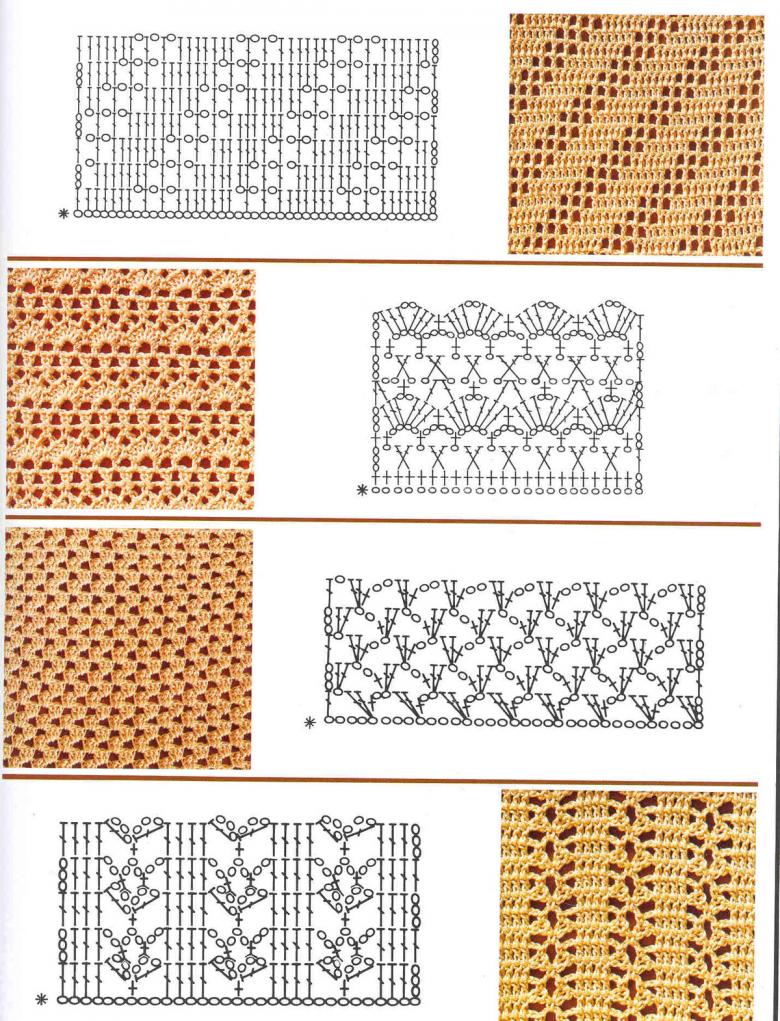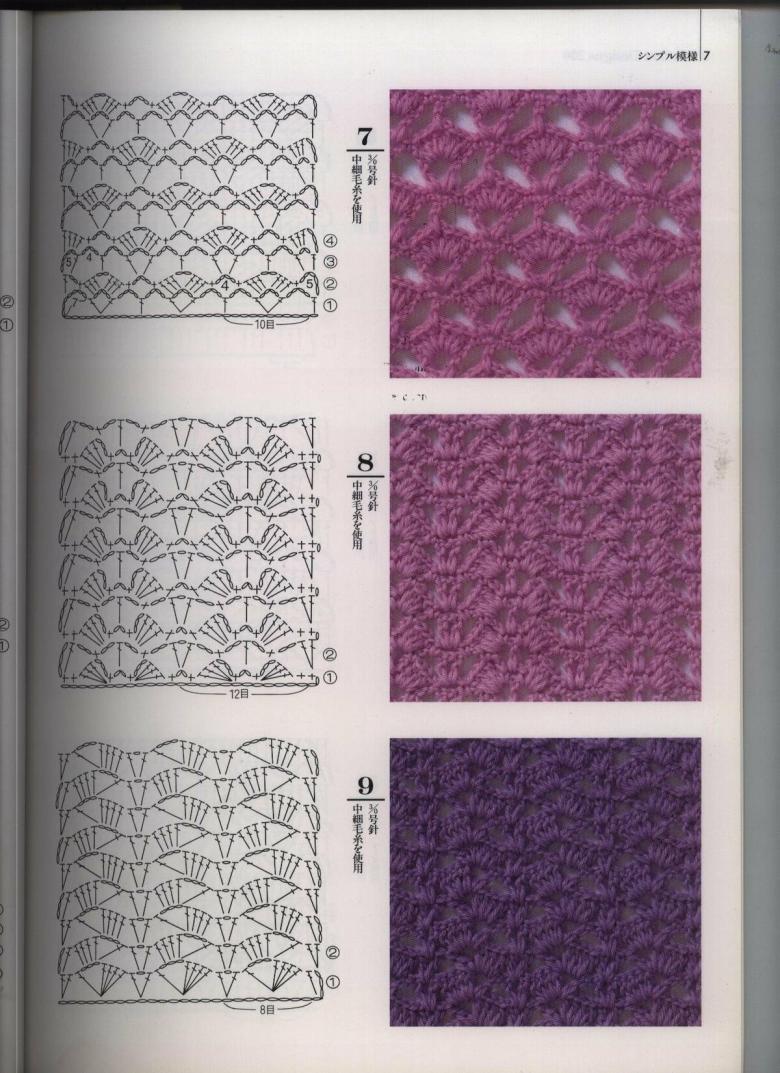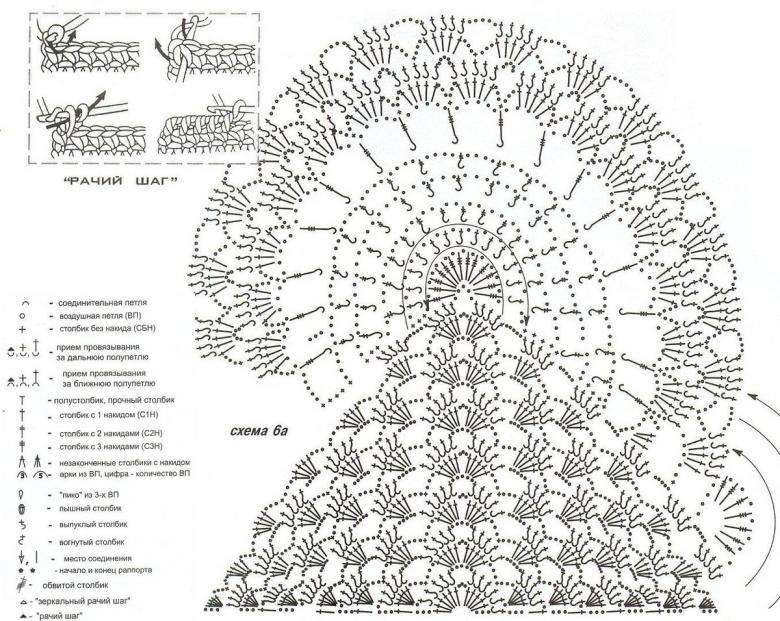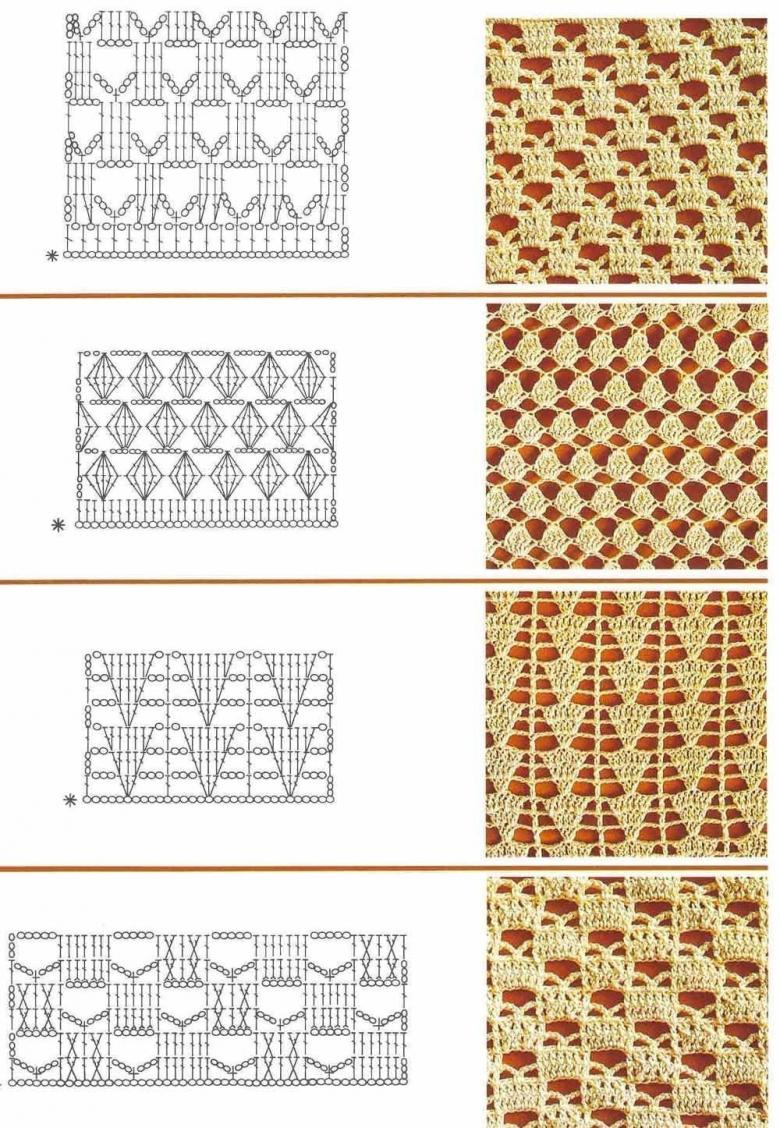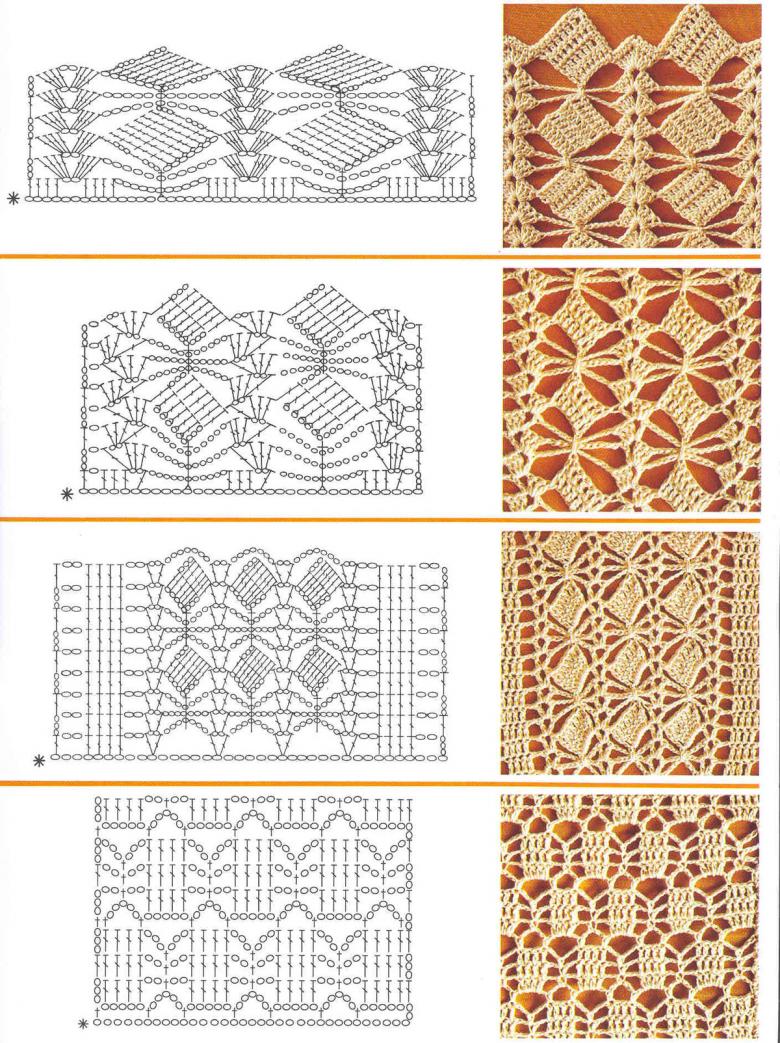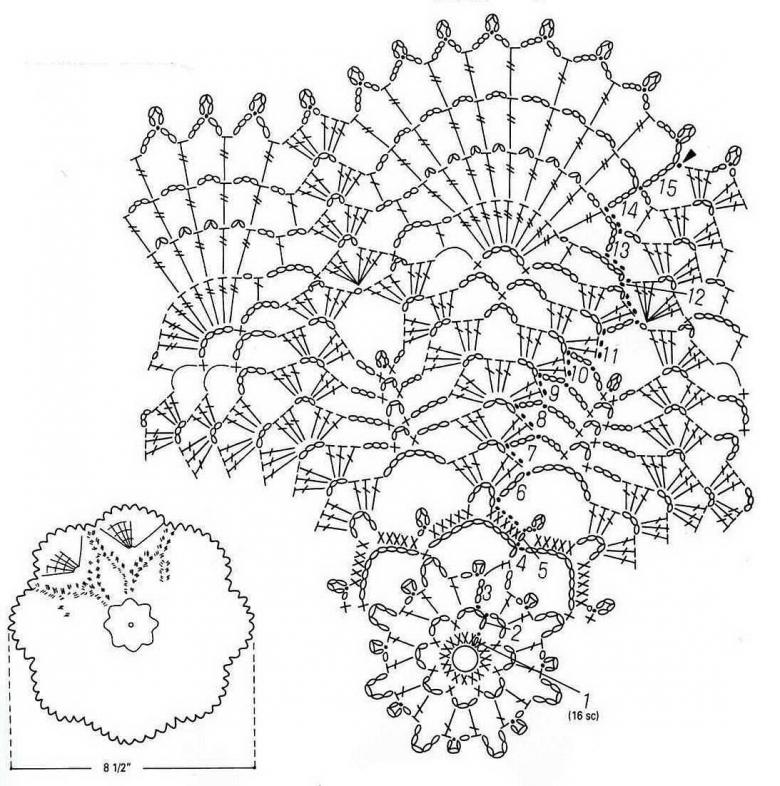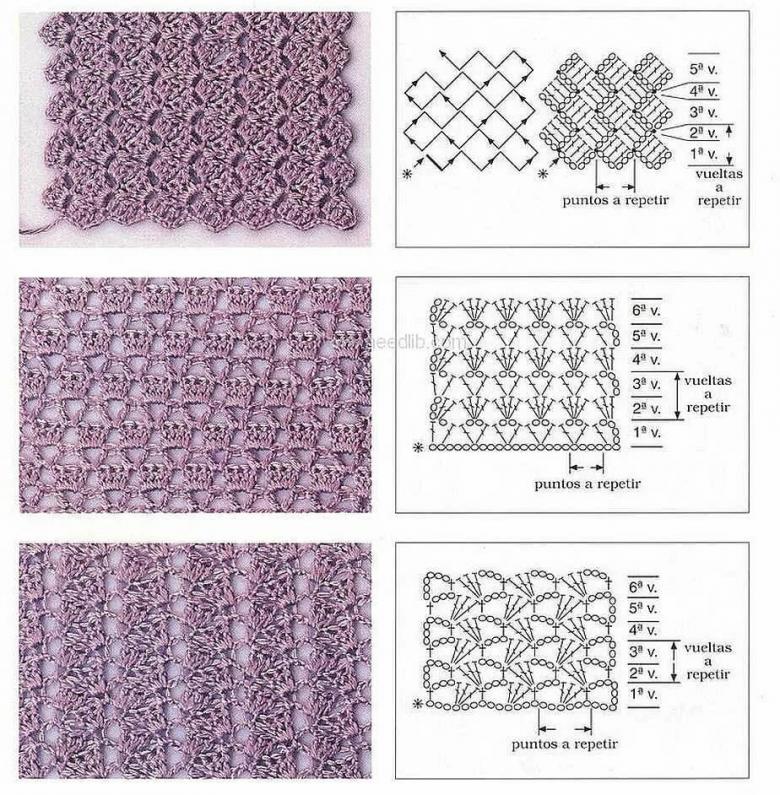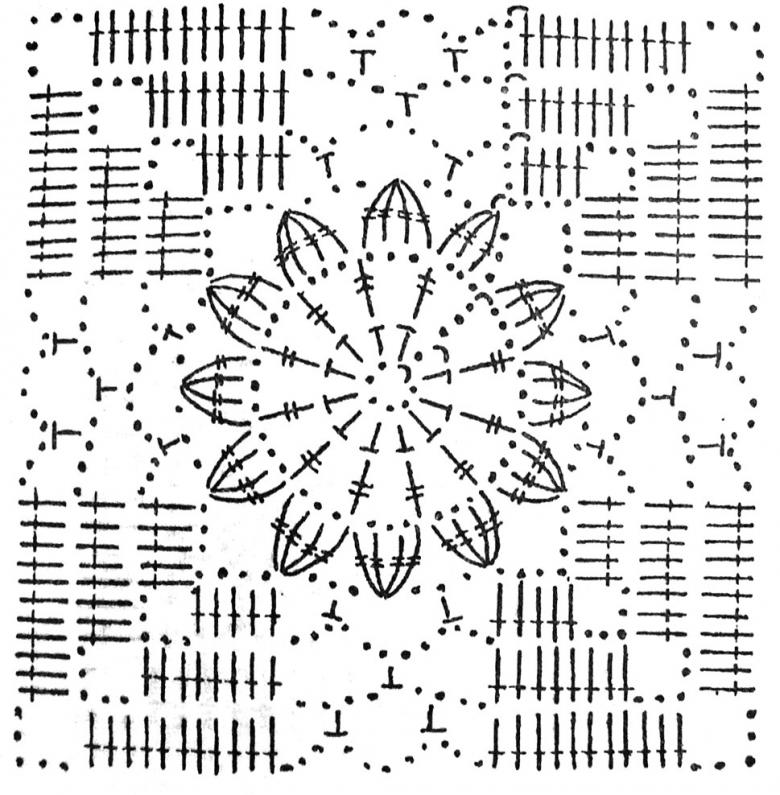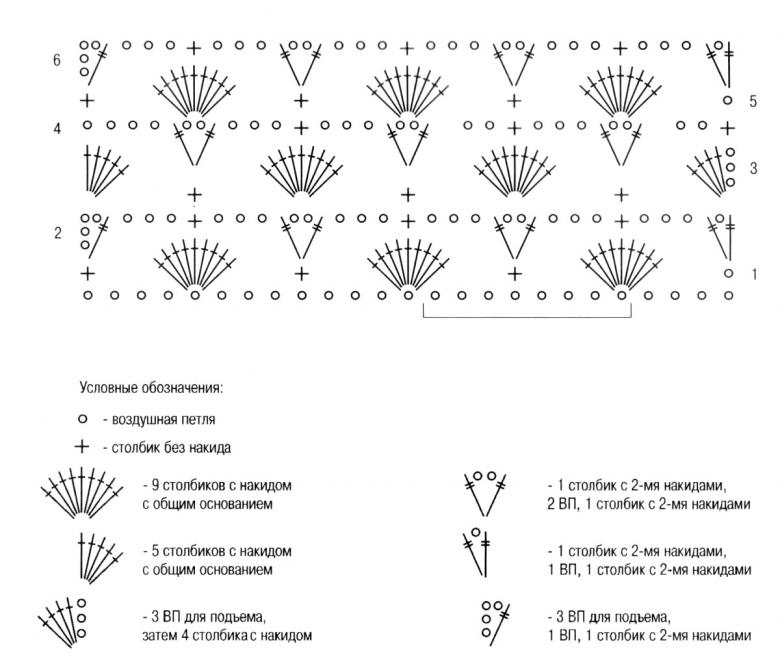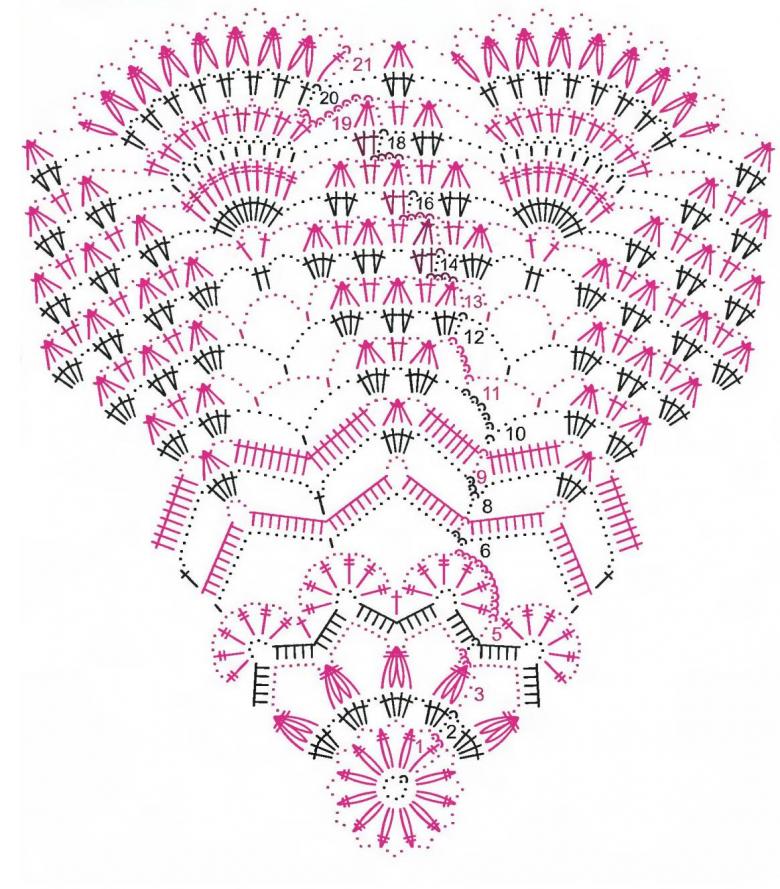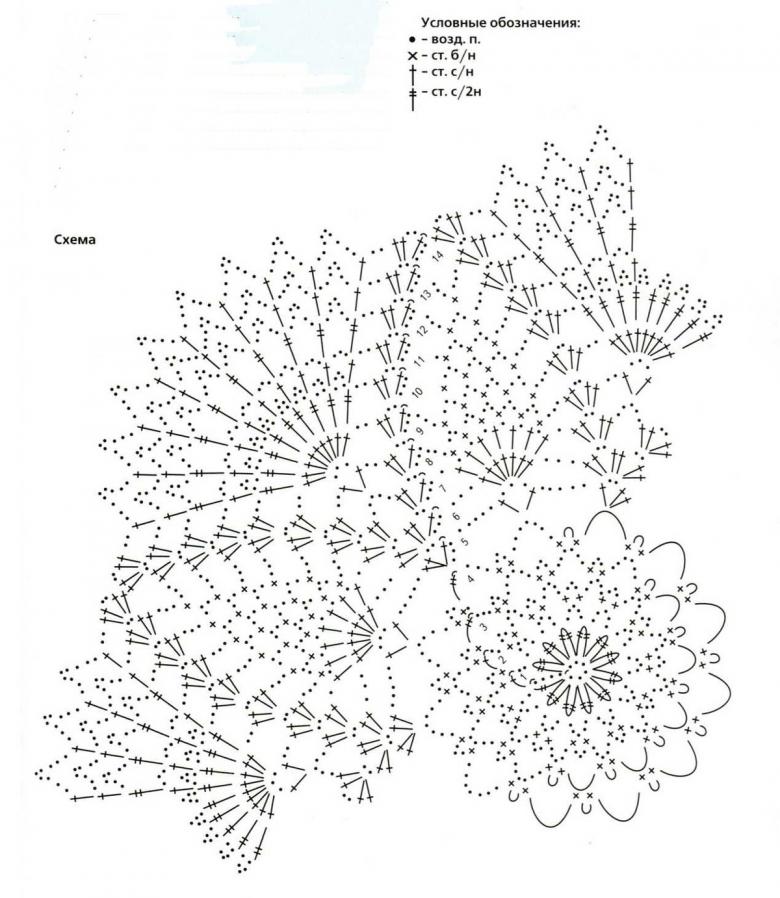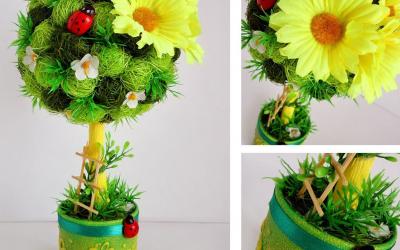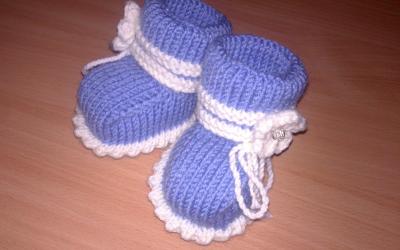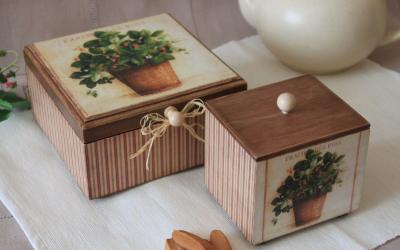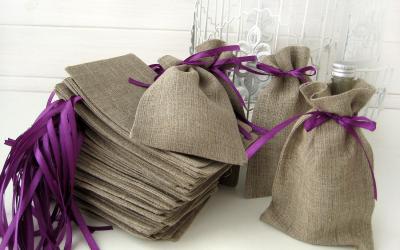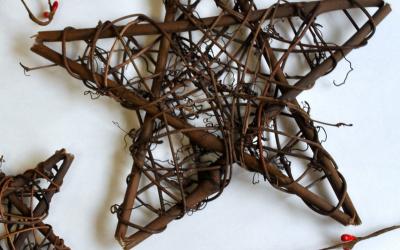Crochet patterns for beginners - detailed descriptions of simple patterns with photo examples
Every girl dreams of being a needlewoman, to create fabulous crochet or spit patterns. But not everyone gets everything at once. In such a delicate art you need patience and diligence. Move along the simple method from simple to complex.
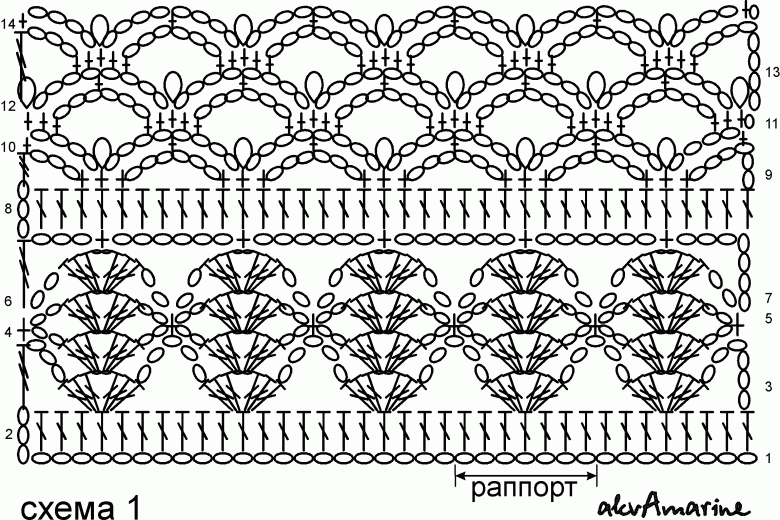
We already know how to do basic crochet patterns. Now it's time to learn how to disassemble and practice crochet patterns.
Simple patterns for beginners
Let's start with a simple crochet pattern-it's an elongated semi-colon with a stitch. The density of the knitting is obtained by lengthening the stitches. At the beginning of a chain of sts and do the first st. in the fourth st. from the beginning, a hook, enter the hook into the ladder, capturing the work thread and pulling into the st, should be three loops on the hook.

Then proceed as follows, knit through the first st., which is on the hook, knit st., make a lap, the remaining two stitches and thus end the column.
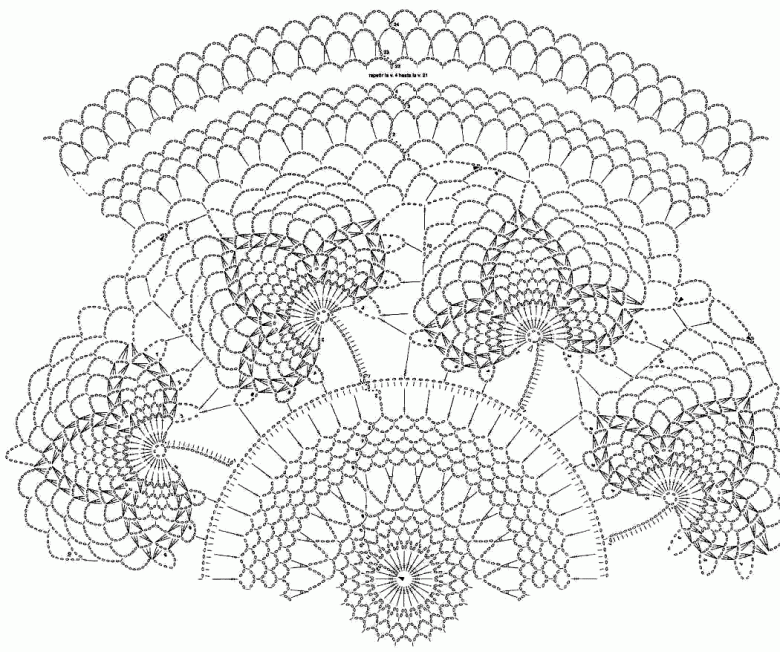
Such knitting is useful in everyday life to create slippers, handbags.
Knitting consists of puffy columns
The name speaks for itself, puffy because it consists of several columns or pol.st.
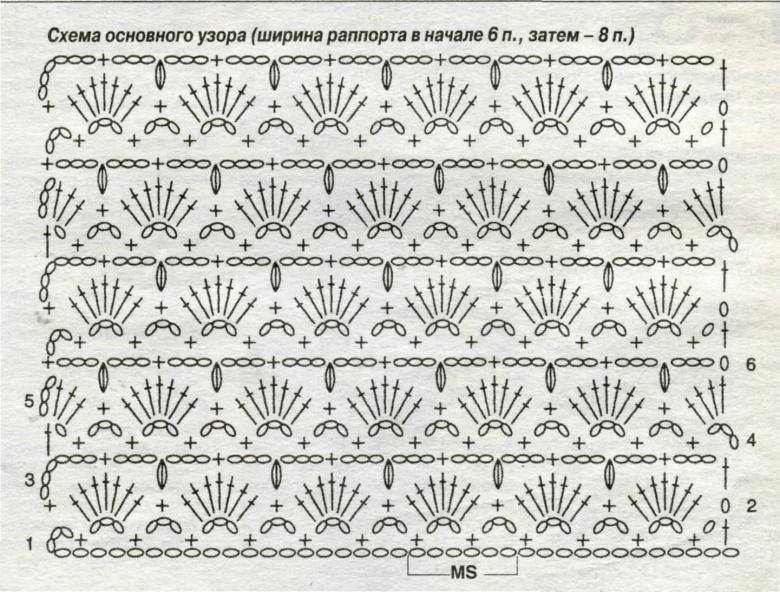
From the basic st. knit a column with a squeeze. Then a hook and from the linked column is pulled out st. In the end, the hook is left with two sts. we knit one or two sts. behind the column, now the hook should be left with three or four sts. we have a column with an open top, we need to close the top, for this we hook the work.yarn and pull through the row of leftovers.New column knit from the beginning of the base.
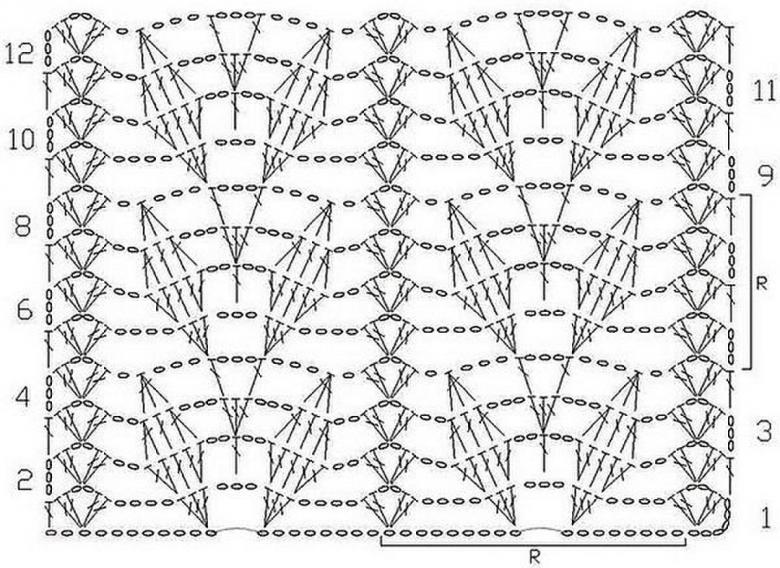
Such a puffy knitting goes well with warm things, such as, hats, scarves, openwork shawls, cardigans.
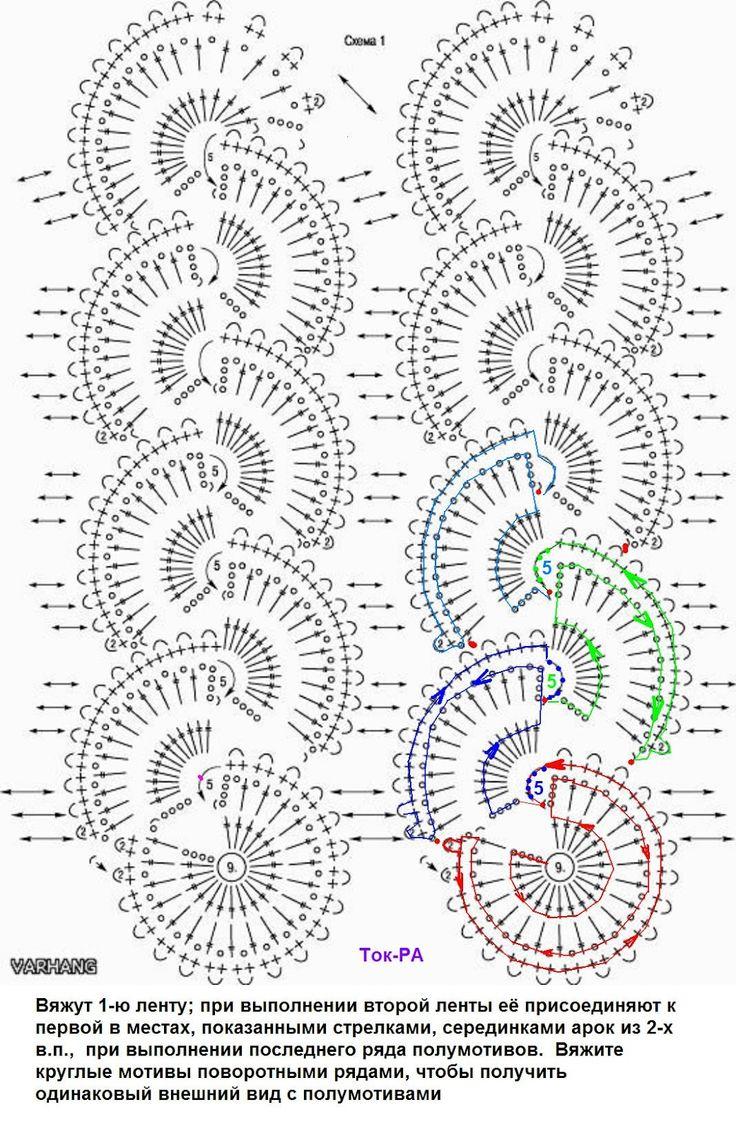
Openwork pattern
Consider in detail the following pattern, which resembles a net, called openwork. The grid pattern is created using chains of air loops, which are attached to the chains from the previous row with a connecting column.
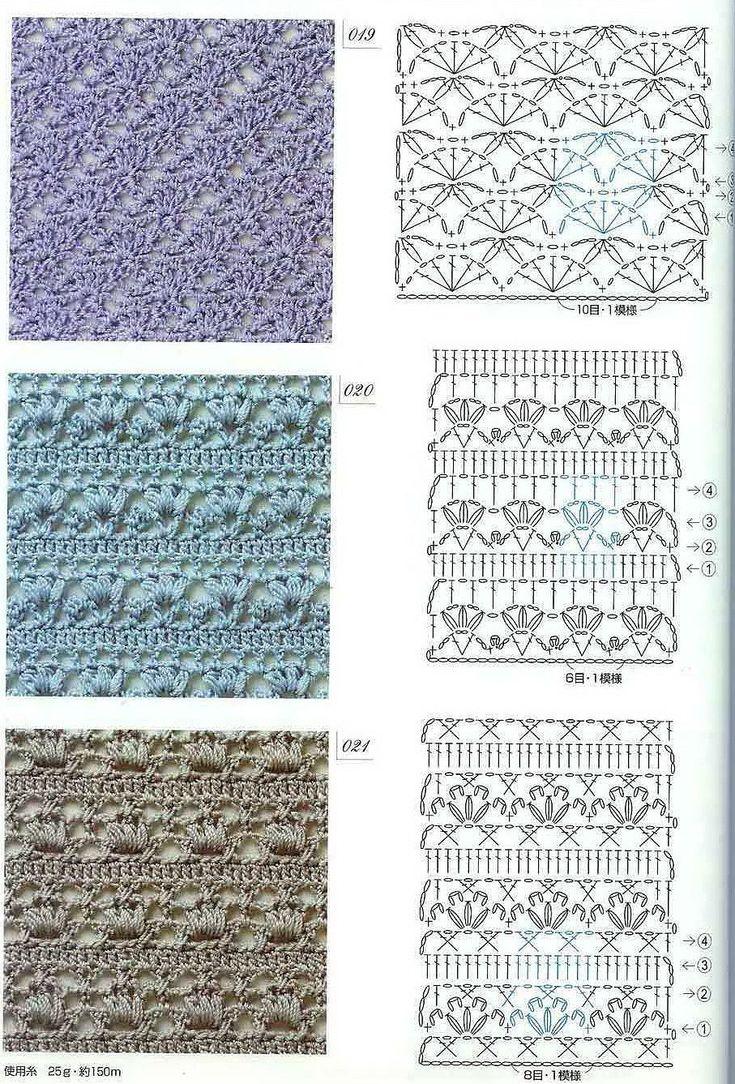
Dial a chain of voz.p., the number must be a multiple of 3. For symmetry, we dial one more st and four for the lift in the first row. The first row we knit with an alternation of column b.knits and arches of three A.p.
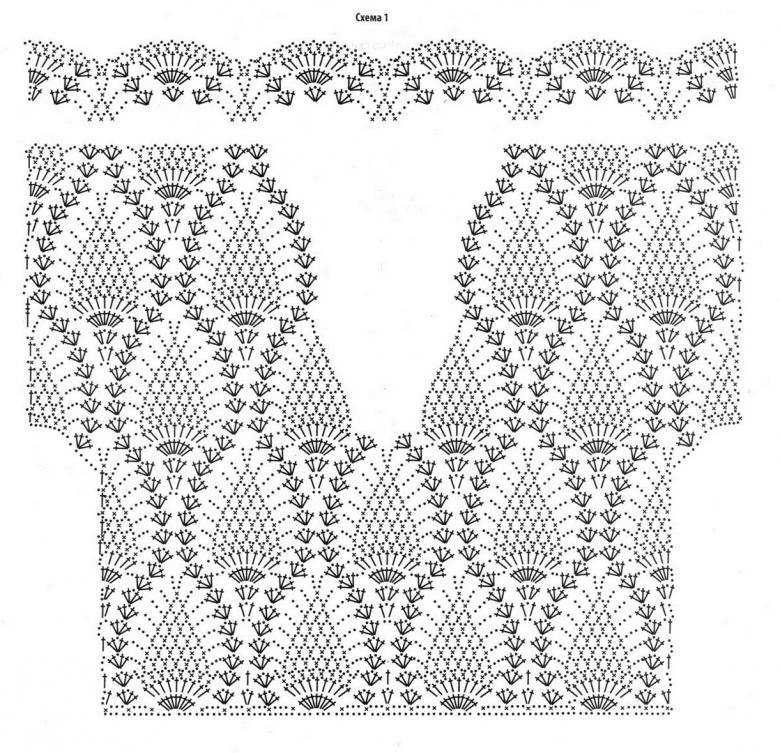
B.knits always miss two sts in the chain. Number of loops of lift from the second row reduced to three. Continue with a stol. in the center loop of the arches of the previous row. Then the knitting repeats as the second row.
The pattern is light and airy, suitable for summer clothes.

The most basic patterns
The following pattern can be called the simplest, as it is knitted very quickly and easily st.b.nakid. Its texture is dense and holds its shape well.

This knitting pattern resembles knitting with knitting needles. Excellent for everyday warm clothing such as socks, hats, jackets.
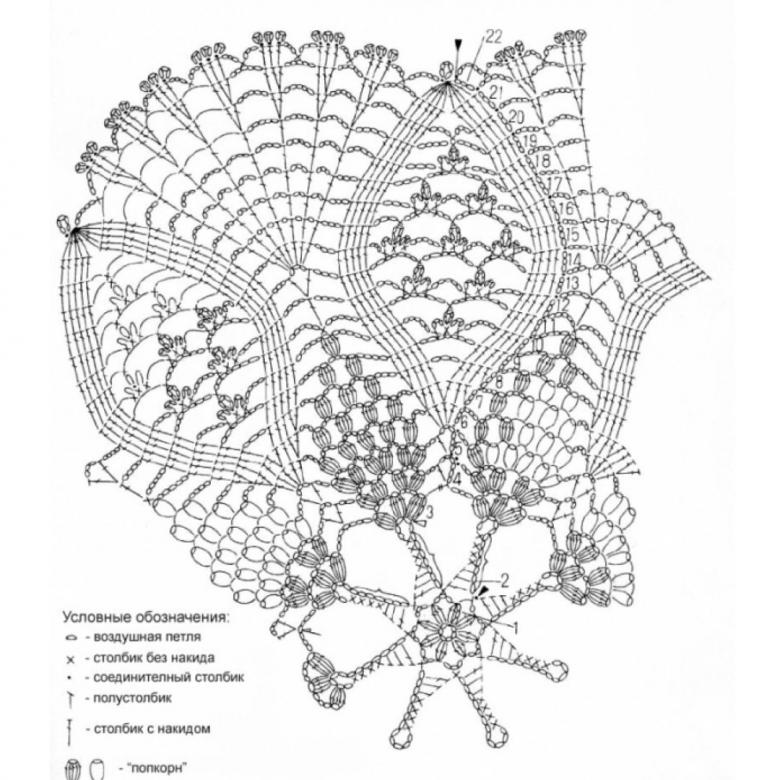
Consider the description of knitting
Dial a chain of air loops, then pick up the working thread and pull it through the loop of air chain. Notice, there are two loops left on the hook. Grab the yarn again and pull it through both loops, resulting in one loop left on the hook. Then everything is repeated.

Knitting should be loose so that the hook can easily pass in the next row.
Next, let's see a description of the same common pattern, only using a stitch with a stitch.

We start again with a chain of voz.p, to go to another row do three loops of lift, and if we go from the first to the second, then skip three loops and another loop of the base and start knitting from the fifth stitch. Make a hinge, hook the working thread. On the hook should be the asc. loop and the hook thread. Pick up the working thread and pull through. On the hook should now be a stitch, a hook, a stitch. Hook the working thread and pull through the buttonhole and hook. There are two stitches left on the hook, and finally we tie them together. Then everything repeats from the beginning.
This type of knitting is one of the basic, used in almost all products.
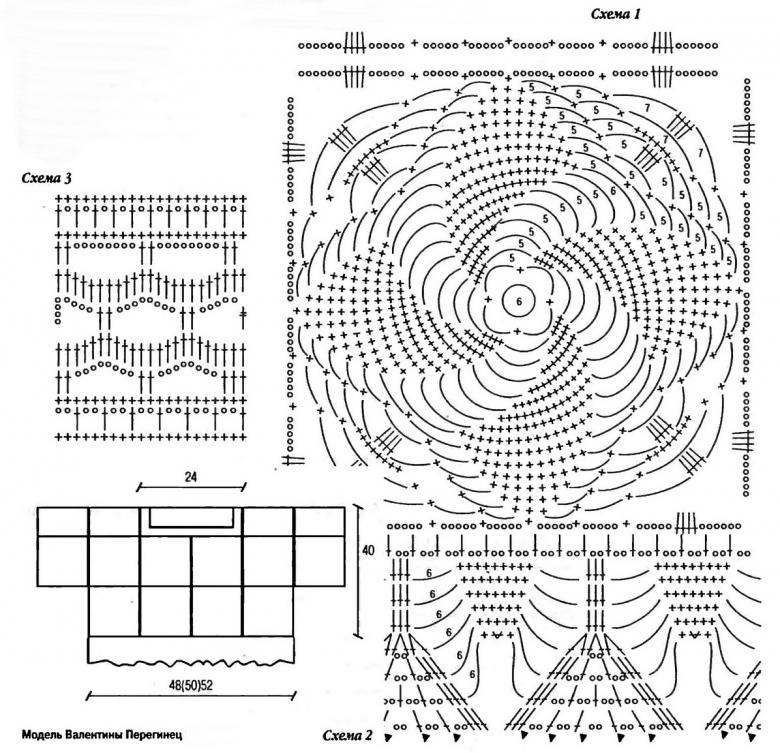
The simplest patterns for all occasions
Fishnet pattern "Shell".
This type of openwork pattern is very beautiful and versatile, as it can be placed in any position. The pattern consists of a single shell element that combines five one-quilted columns knit into one loop.
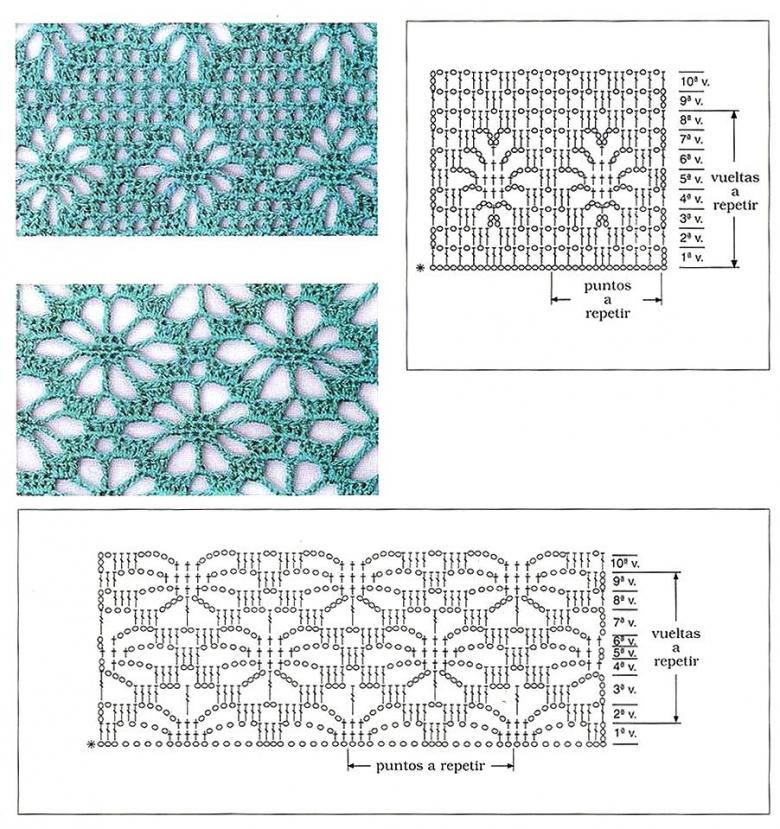
To get a beautiful pattern, you need to visualize the pattern in your head as a finished product and calculate the number of loops in advance. Then we knit a chain and make a lift on the number of stitches that is necessary based on the product. Skipping a few loops in the same loop of five columns with hooks. Further pattern is repeated.
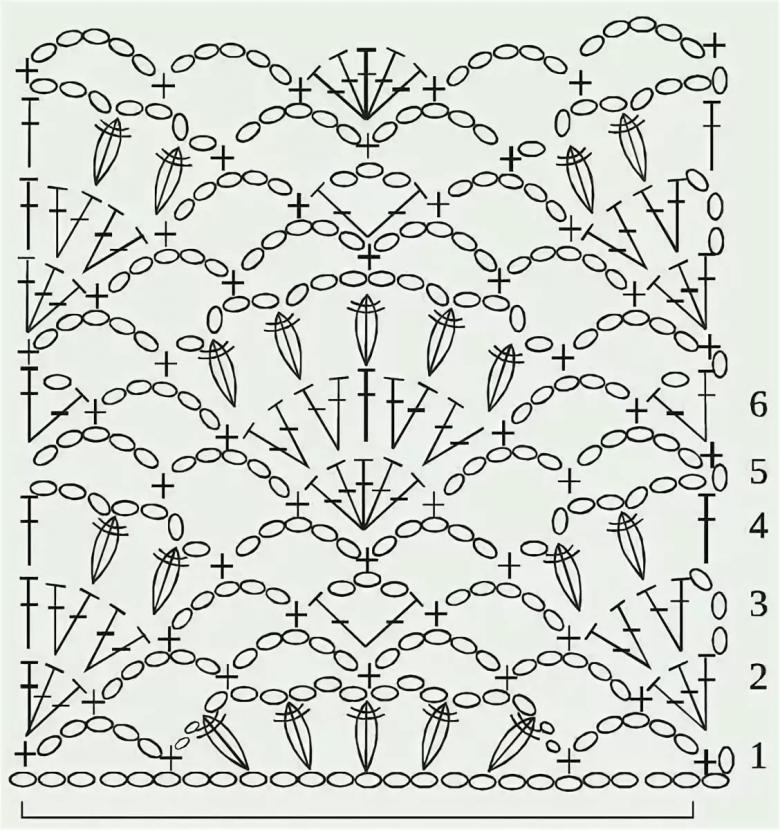
If the shells have a dense, then this knit is suitable for cool weather. If the shells are placed loosely, you can get a light summer thing.
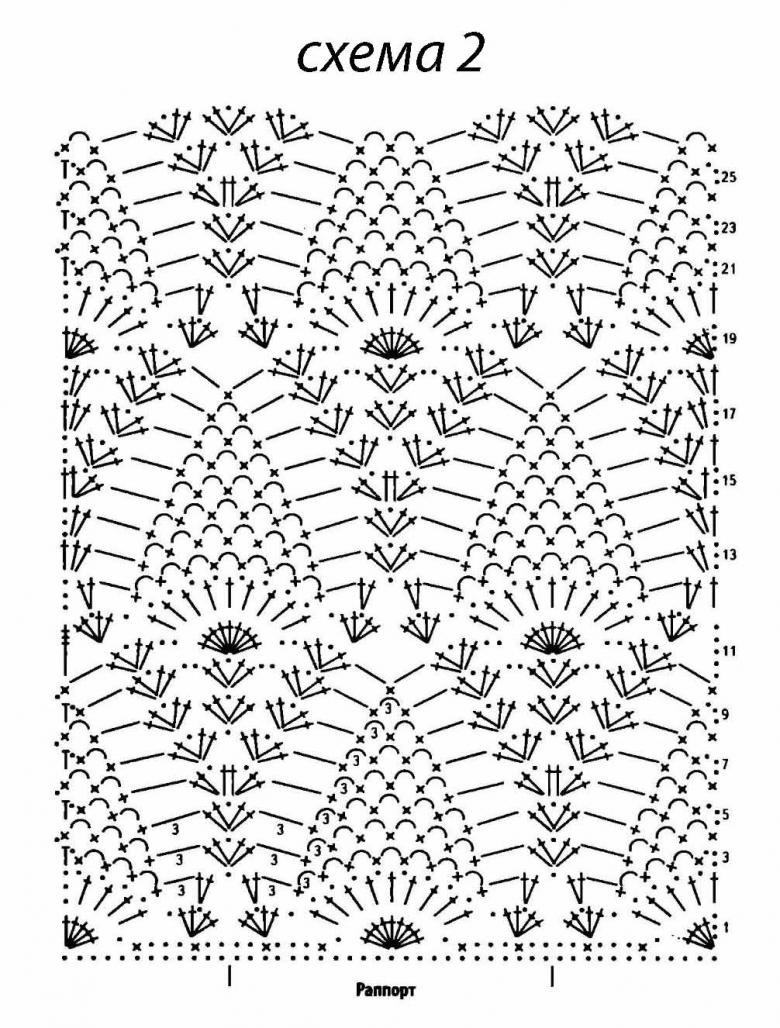
"Wicker."
The following pattern "Wicker" can be found among a wide variety of children's and adult clothing. This way knit cardigans, sweaters.
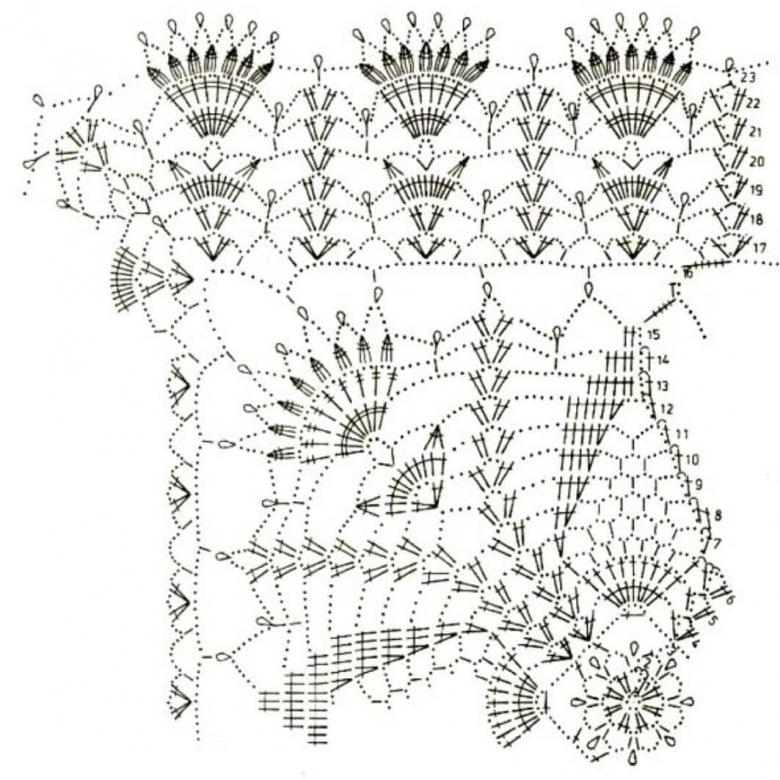
The "Braided lace" pattern squares are both difficult and simple at the same time for beginners.
To start, we knit a row of one-quilted columns, do not forget the three loops of lift and the first column in the fourth loop of the hook.

The first and second rows we do three hoop stitches, then three front relief stitches, three back relief stitches, repeat, ending with a double-needle stitch. And so knit to the end.
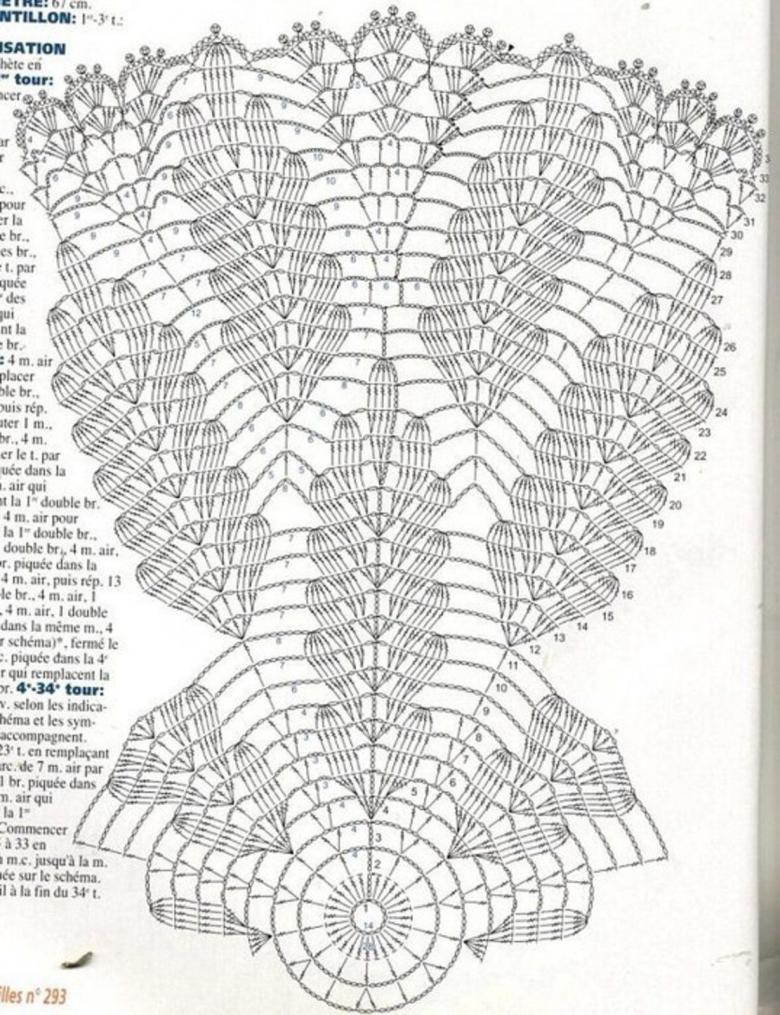
Waffle pattern
An interesting and unusual waffle pattern is suitable for creating large and warm works, such as a rug, winter sweaters.
To get a waffle mesh, you need to use relief stitches in the knitting.
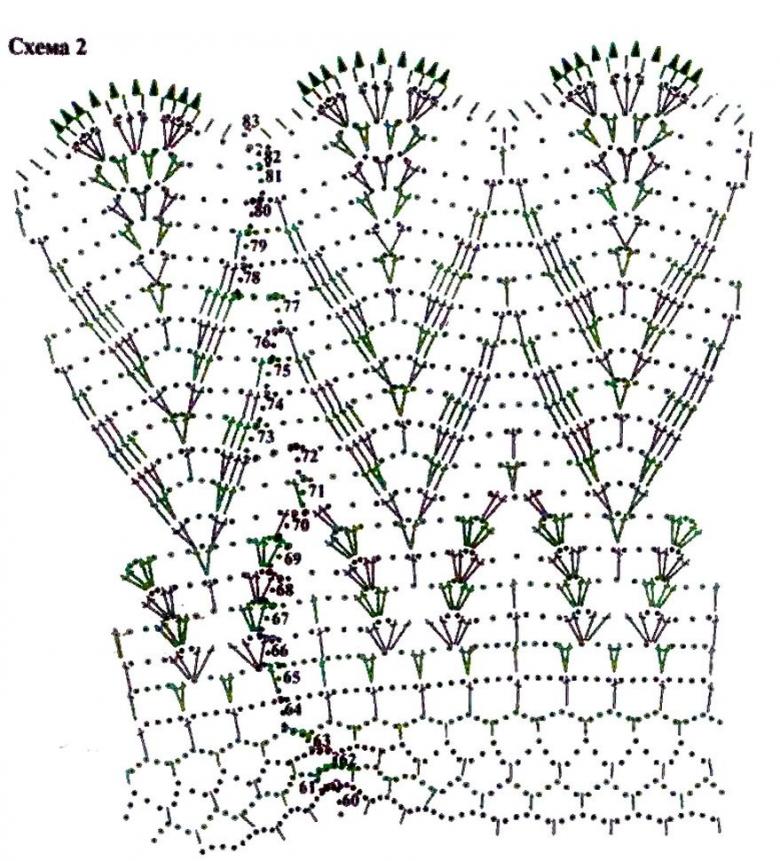
As usual, we get a chain of voz.p. in multiples of 3+2, so there was symmetry in the pattern. Interleaving the first row, alternating two nos and one stol.b.knits. Do not forget the two, three loops of lift. In the first arch of the pertinent sts. Working thread is hooked under the arch. The next stol.naKido will be embossed. Hook around the previous row's stoop and hook the working thread and pull up to the stoop. Then three stitches on the hook, knit as a column. This is how we get the embossed table. with a stitch.

After that, two columns in an arch of two "A" positions. The second row ends by alternating a relief column with a hook with two columns with a hook in an arch. The final column is stitched into the lifting loop of the previous row.
In this order, alternate even and odd rows, until the desired size.

A large variety of presented, simple patterns and their accessible description will undoubtedly be a great help in such a difficult matter as crochet. This kind of needlework requires tenacity, patience and skill, as a beginner needleworkers, and mistresses with experience.
Products made with your own hands are beautiful masterpieces of love and care for your family and friends.


